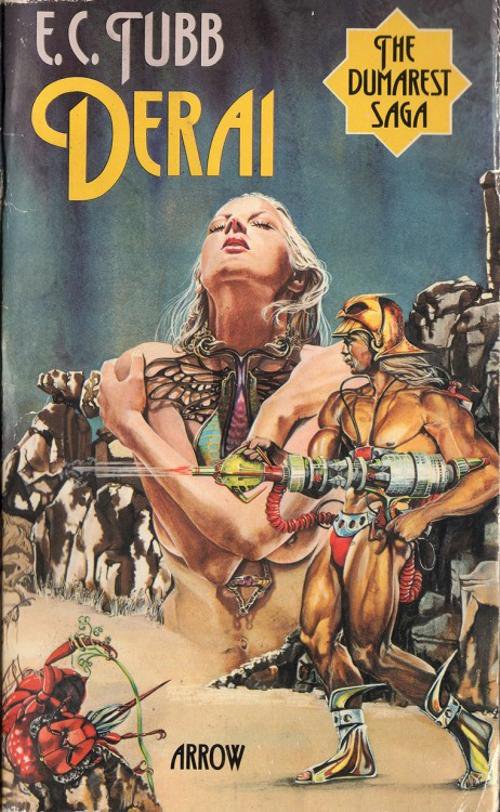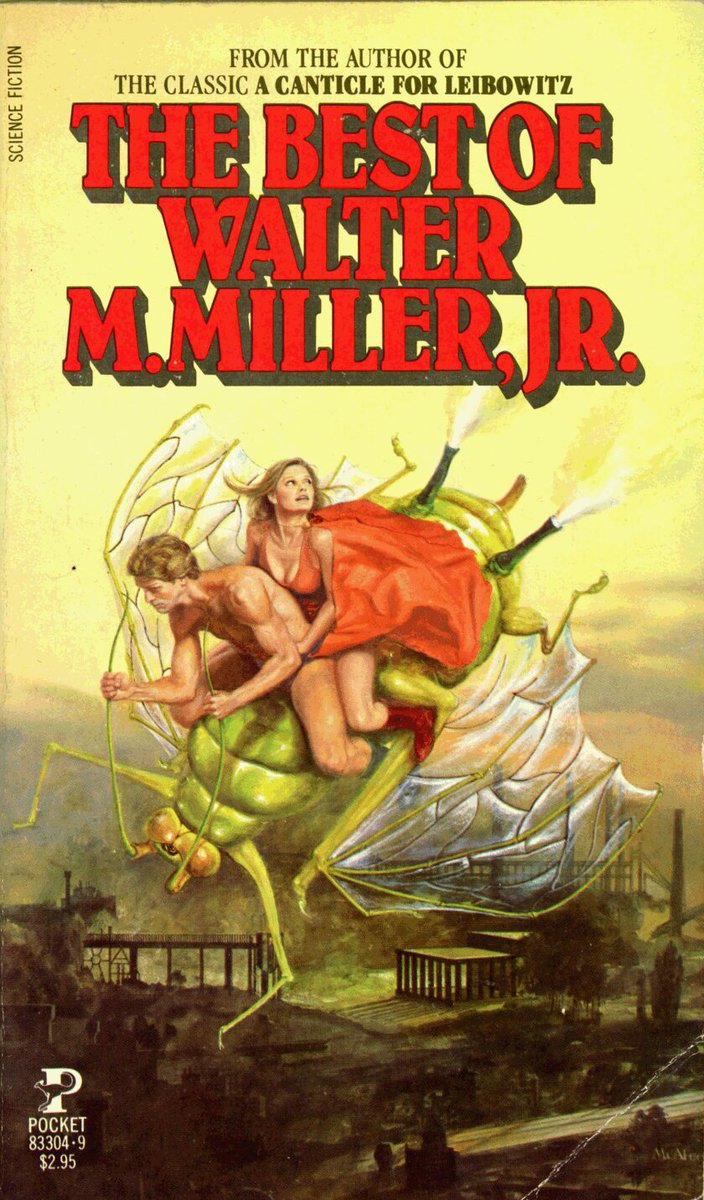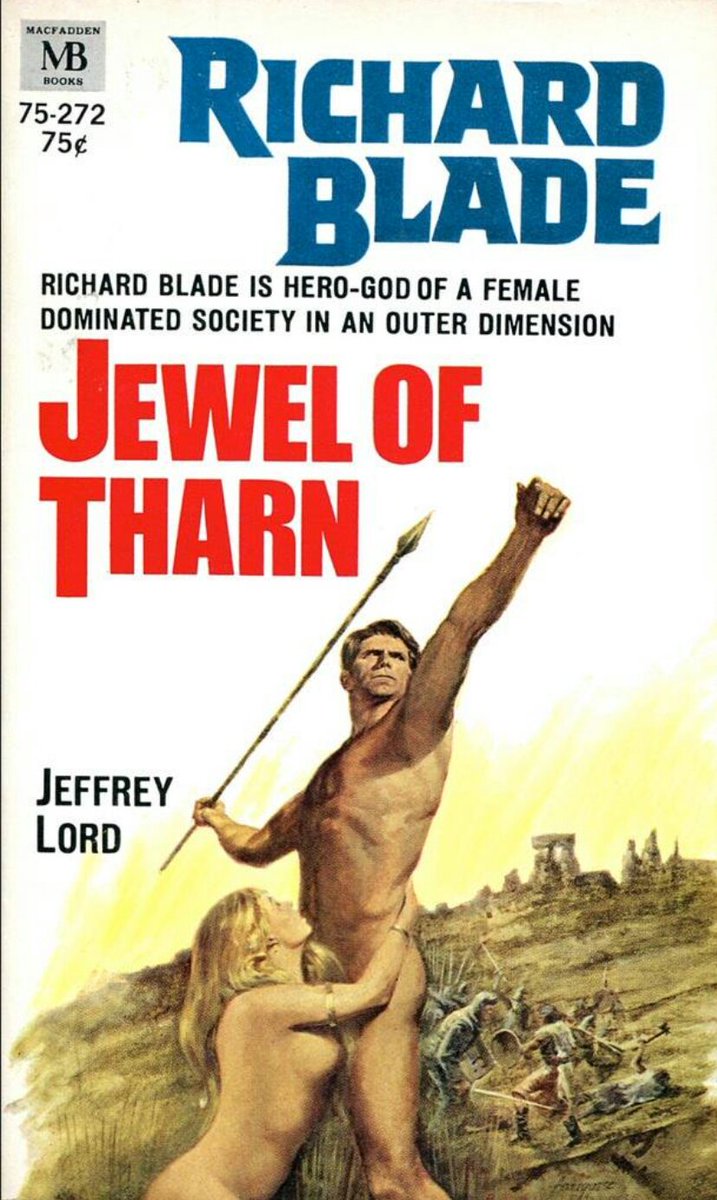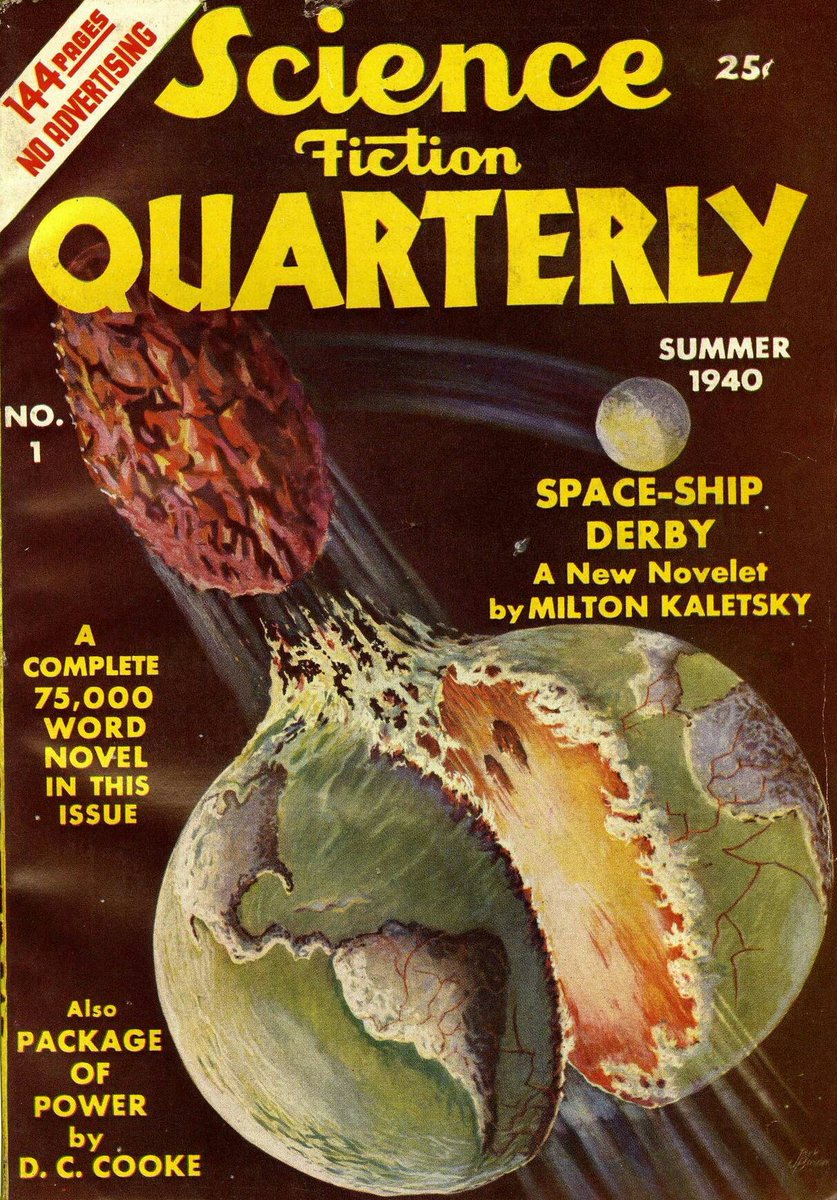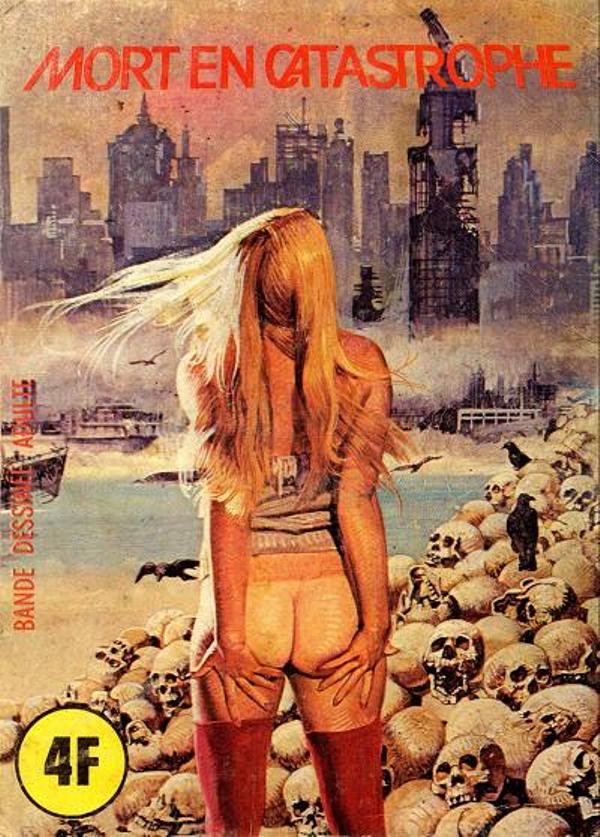You know what we haven't done for a while? Bad science fiction covers!
Let's remedy that now. Come this way... #SundayMotivation
Let's remedy that now. Come this way... #SundayMotivation

In the future there will be jumpsuits.
Neuromancien, by William Gibson. J'ai Lu, 1988. Cover by Barclay Shaw.
Neuromancien, by William Gibson. J'ai Lu, 1988. Cover by Barclay Shaw.

I think this is the musical theatre version...
Children Of The Lens, by E E 'Doc' Smith. Berkley, 1982.
Children Of The Lens, by E E 'Doc' Smith. Berkley, 1982.
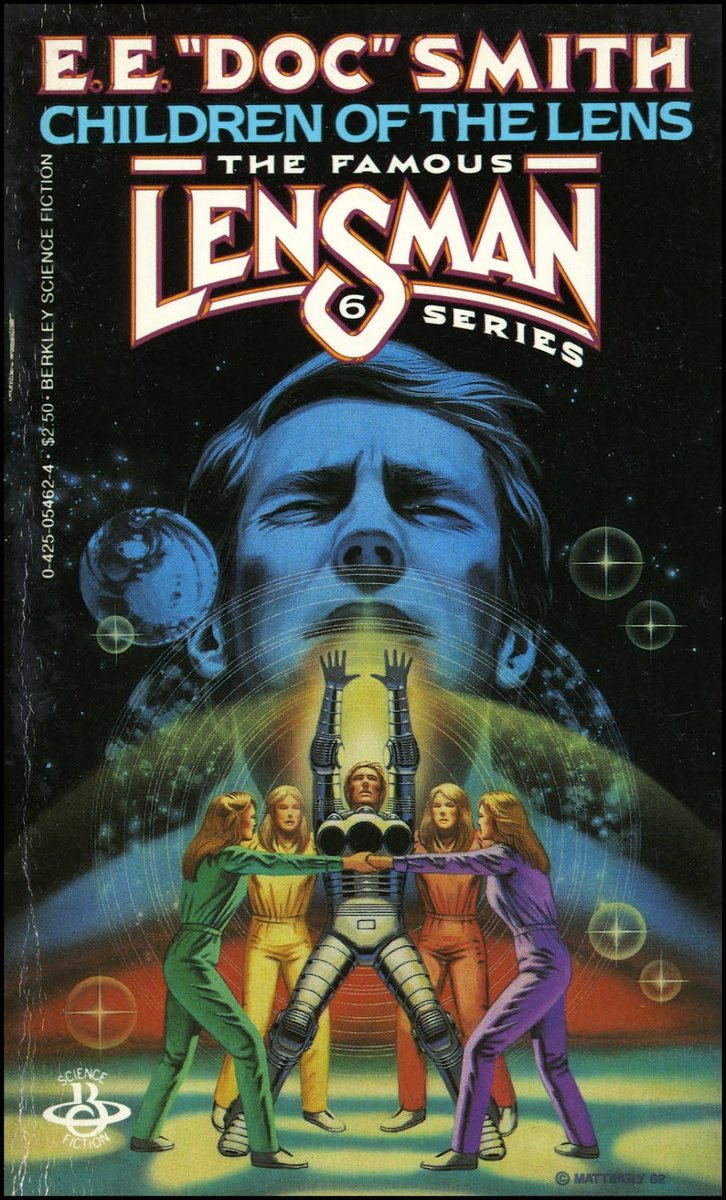
Eggheads: always with the sex robots...
The Silver Eggheads, by Fritz Lieber. Four Square Books, 1966.
The Silver Eggheads, by Fritz Lieber. Four Square Books, 1966.

Star Wars speeder bikes just got real.
We Who Are About To... by Joanna Russ. Magnum Books, 1978. Cover by Geoff Taylor.
We Who Are About To... by Joanna Russ. Magnum Books, 1978. Cover by Geoff Taylor.

Does it contain Uranus jokes? What do you think!
Outerspace Sex Orgy by Arthur Faber. Barnaby Press 1970.
Outerspace Sex Orgy by Arthur Faber. Barnaby Press 1970.

Lilac, mullets and M16s. This was the future they promised us...
Iduna's Universe, by E.C. Tubb. Arrow Books, 1985.
Iduna's Universe, by E.C. Tubb. Arrow Books, 1985.
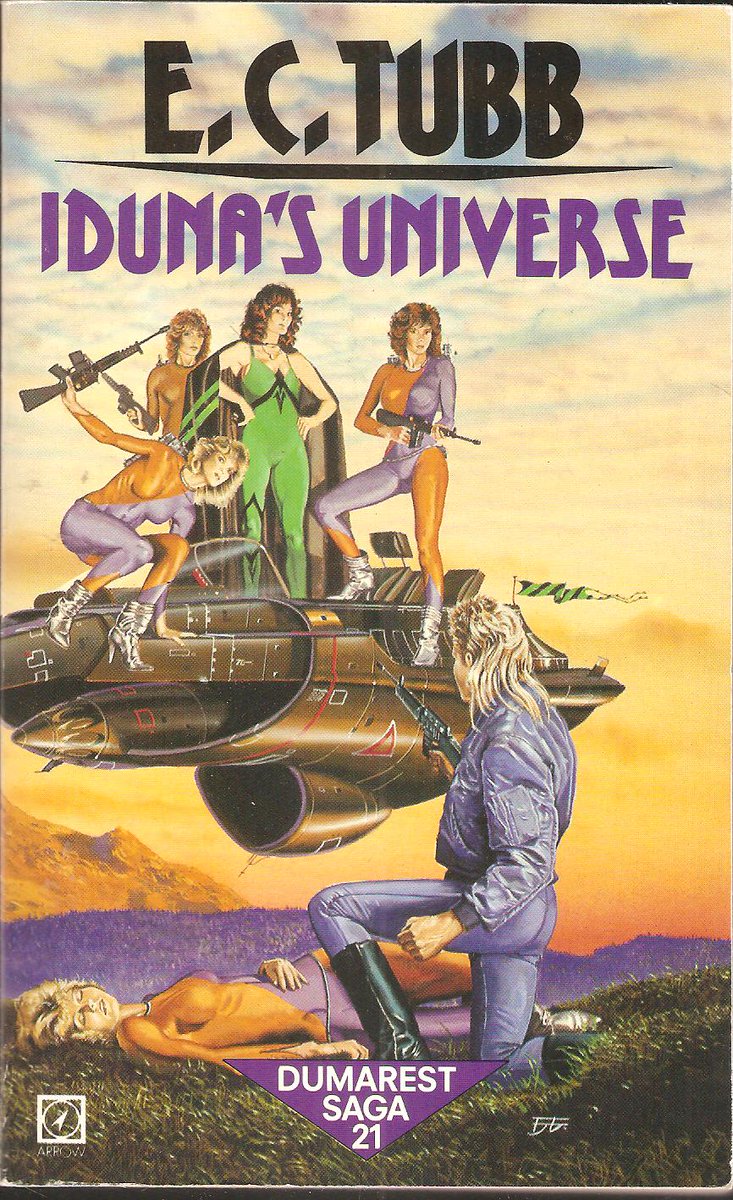
Those are some epic "who farted?" faces.
A Vision Of Beasts: The Second Kingdom, by Jack Lovejoy. Tor Books, 1984. Cover by Victoria Poyser.
A Vision Of Beasts: The Second Kingdom, by Jack Lovejoy. Tor Books, 1984. Cover by Victoria Poyser.
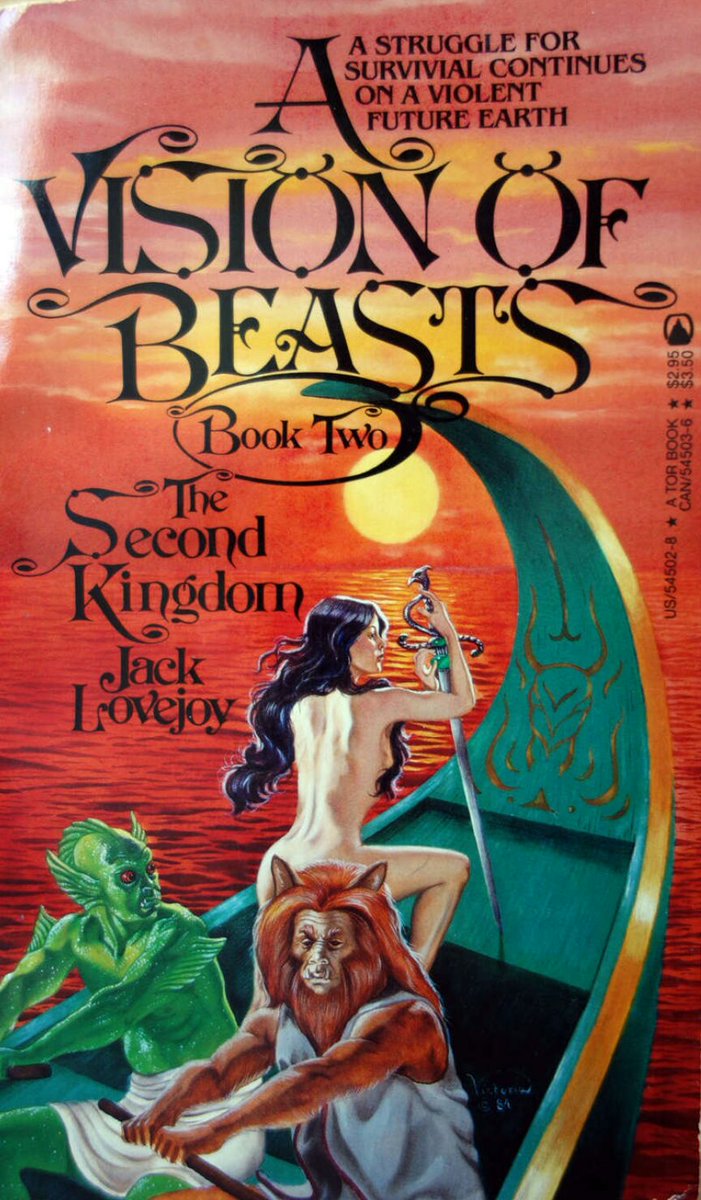
Not Freudian. Nope.
The Secrets of Synchronicity, by Jonathan Fast. Signet Books, 1977. Cover by Boris Vallejo.
The Secrets of Synchronicity, by Jonathan Fast. Signet Books, 1977. Cover by Boris Vallejo.

They won't notice...
Galaxy 666 by Pel Torro (aka the Reverend Lionel Fanthorpe). Tower Books, 1969.
Galaxy 666 by Pel Torro (aka the Reverend Lionel Fanthorpe). Tower Books, 1969.

Fangs For The Mammaries, edited by Esther Friesner. Baen Books 2010. Art by Clyde Caldwell.
I see what you did there Clyde...
I see what you did there Clyde...

• • •
Missing some Tweet in this thread? You can try to
force a refresh

